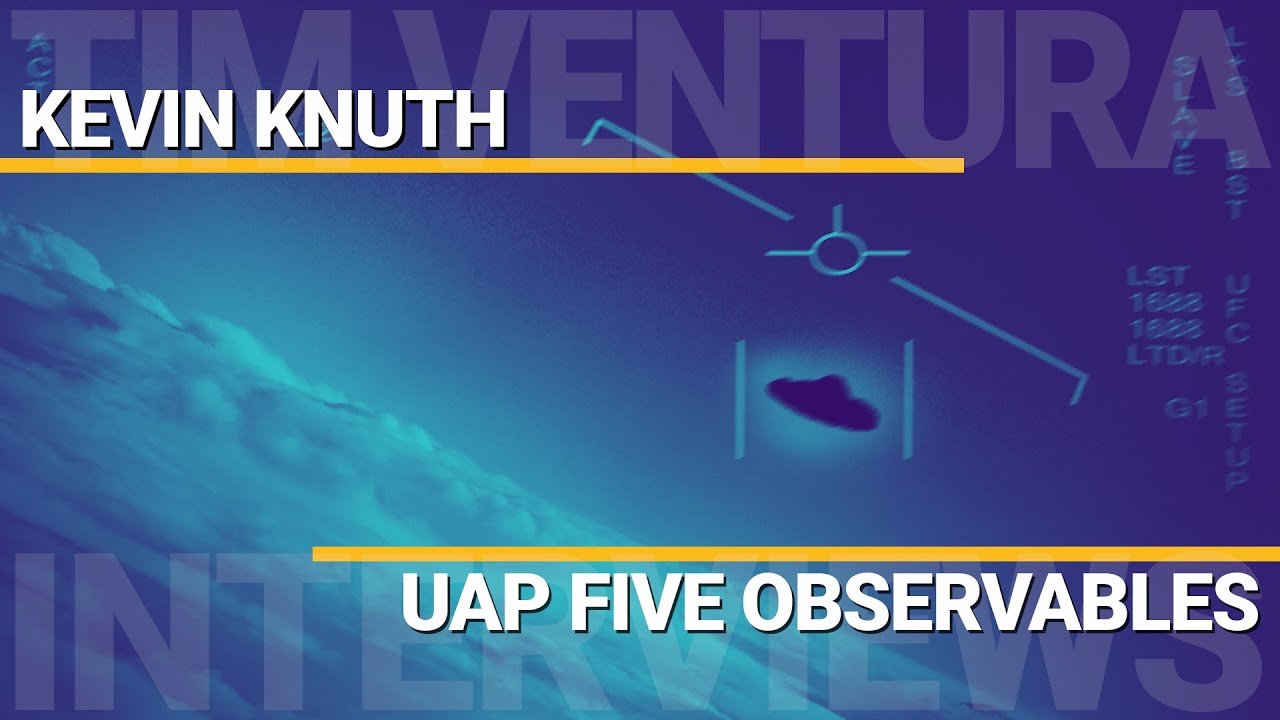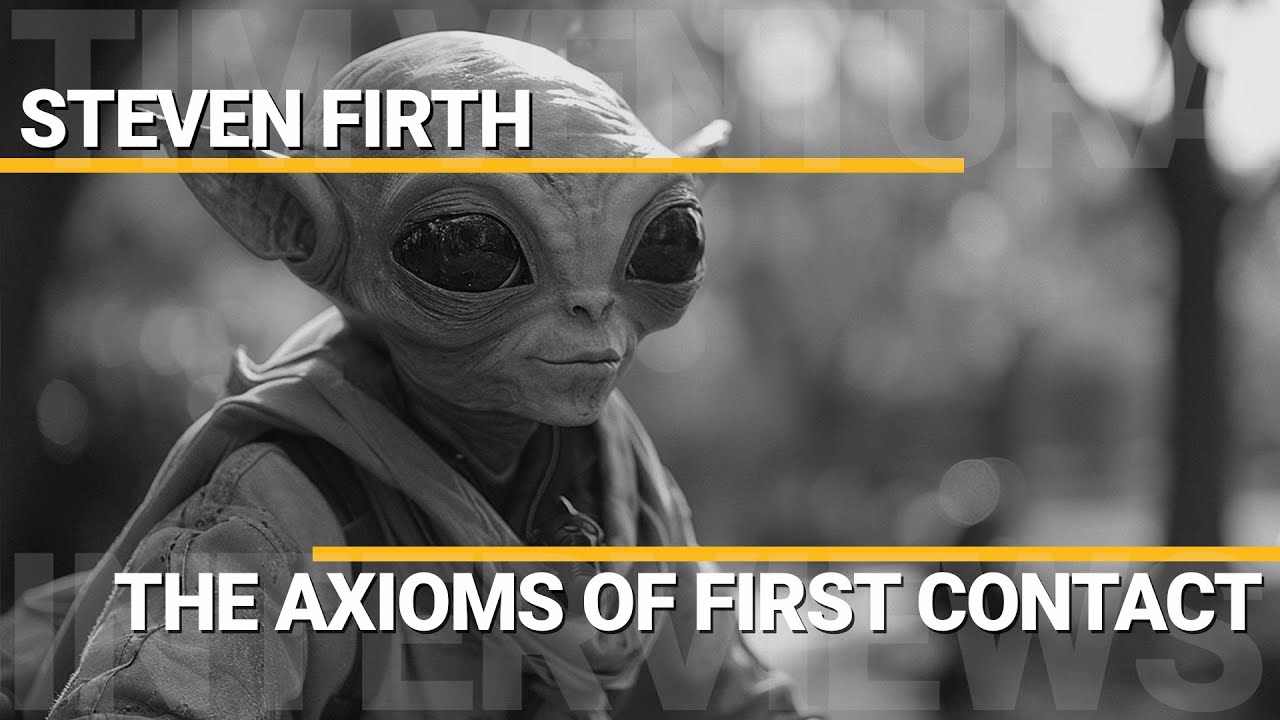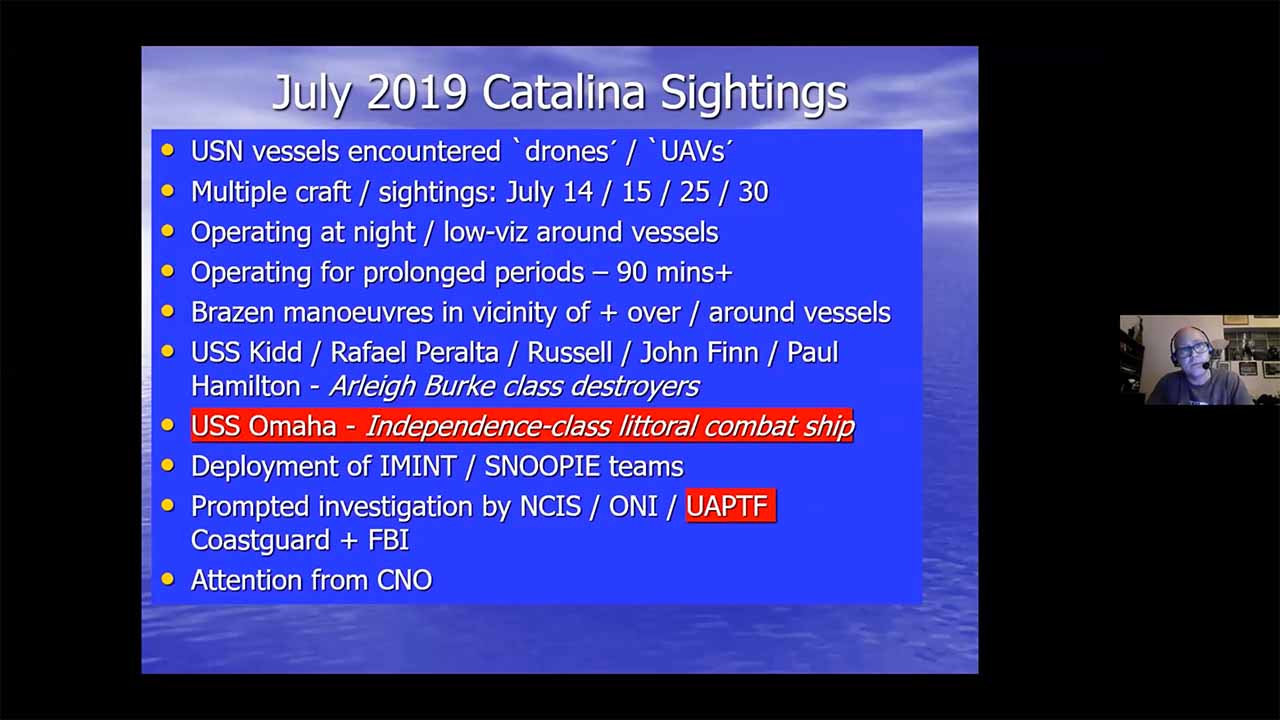Aguadilla UAP Sighting Analysis
Rich Hoffman details a meticulous investigation by the Scientific Coalition for UAP Studies (SCU) into a remarkable UAP sighting captured on video by a US Customs and Border Protection DC-8 aircraft over Aguadilla, Puerto Rico on April 25, 2013. The video, initially passed through various hands before reaching SCU, shows a circular object exhibiting unusual thermal properties, moving at speed, entering and exiting the water, and even seemingly splitting into two. SCU’s two-year analysis, involving frame-by-frame examination and cross-referencing with radar data, strongly suggests the object is not a known aircraft, bird, or weather phenomenon.
The investigation’s findings, detailed in a 165-page report available on explorescu.org, were hampered by a denied FOIA request to DHS, highlighting the challenges of obtaining official acknowledgment of such events. The episode concludes with a discussion of SCU’s ongoing research into UAP phenomena, including studies of UAP activity near nuclear sites and analysis of additional FLIR video footage.
A UAP Caught on Film
The Aguadilla incident centers around a video captured by a US Customs and Border Protection (CBP) DC-8 aircraft. The flight crew witnessed a UAP and attempted to initiate an internal review within the Department of Homeland Security (DHS) and subsequently the Air Force. Both agencies declined to investigate. The video’s journey is as fascinating as the UAP itself: it passed through several hands before reaching Morgan Bell, MUFON Florida State Director, who recognized its significance.
SCU’s Rigorous Investigation
Bell assembled a team of scientists, including himself, Robert Powell, Larry Cates, Carl Paulson, and the speaker from the podcast, to analyze the footage under a non-disclosure agreement (NDA) with the Miami pilot who initially obtained the video. Their two-year investigation, completed in November 2013, resulted in a comprehensive 165-page report (with approximately 45 pages of main text). This wasn’t a casual viewing; the team employed specialized analysis techniques due to the video’s FLIR (Forward-Looking Infrared) camera specifics and the complexities of heat transition.
Unraveling the Mystery: The Video Evidence
The video, available for review on the SCU website (explorescu.org), reveals a fascinating sequence of events. The thermal imaging (black representing hot, white representing cool) clearly shows a circular object moving with unusual characteristics. By comparing the object’s thermal signature to that of cattle (a clever method for temperature calibration!), the team estimated its temperature at approximately 104 degrees Fahrenheit at its hottest point.
The object’s trajectory is meticulously documented: it passes over a FedEx plane (which was held by air traffic control due to the object’s presence), a supermarket, telephone poles, and trees, gradually decreasing in altitude. Remarkably, the object then enters the water, creating a visible underwater effect, before reappearing, becoming hotter, and splitting into two objects with distinct thermal signatures. One disappears, while the other remains visible before the pilot ceases filming. A delayed aircraft then takes off.
Beyond the Visuals: Corroborating Evidence
The SCU investigation didn’t rely solely on the video. They meticulously analyzed the video metadata, including time stamps (April 25th, 2013, approximately 9:00 PM Atlantic time, or April 26th, 12:00 Zulu time), latitude, longitude, bearing, altitude, and aircraft position. This data, combined with FAA radar data, provided multiple lines of evidence confirming the object’s existence and trajectory. The radar data independently validated the video’s account, showing the object’s speed at an astonishing 1200 mph. Multiple witnesses, including the FedEx crew, airport staff, and the CBP crew, also reported visual sightings.
Addressing Skepticism and Challenges
The SCU team addressed potential criticisms head-on, meticulously analyzing pixel levels and accounting for the parallax effect caused by the circling aircraft. Their analysis, which involved zooming in up to 800x using ImageJ (an NIH image processing tool), ruled out conventional explanations such as birds, balloons, or Chinese lanterns. The team’s findings have undergone peer review, further solidifying the credibility of their conclusions.
The Aguadilla UAP: Implications and Future Research
The Aguadilla UAP sighting presents a compelling case for further investigation into UAPs. The object’s trans-medium travel (moving from air to water and back), its apparent splitting, and its high speed challenge our current understanding of physics. The SCU’s continued research into UAPs, including investigations into UAP activity near nuclear sites and the analysis of FLIR video from Catalina Island, promises to shed more light on these enigmatic phenomena. Their work highlights the importance of rigorous scientific investigation in the field of UAP research.
Register For UFORev
Want to see more great UFO Reverse Engineering stories? Sign up for our mailing list to get exclusive access to captivating presentations, engaging events, and more!
RECENT POSTS
Congressional UFO Hearing with Lue Elizondo
May 4, 2025
Congressional UFO Hearing with David Grusch
May 3, 2025
The Long History of UFO Crash Retrieval
May 2, 2025
The Catalina UAP Sightings
May 2, 2025





